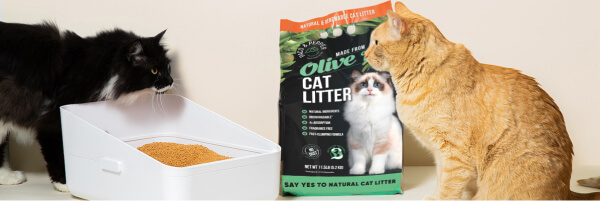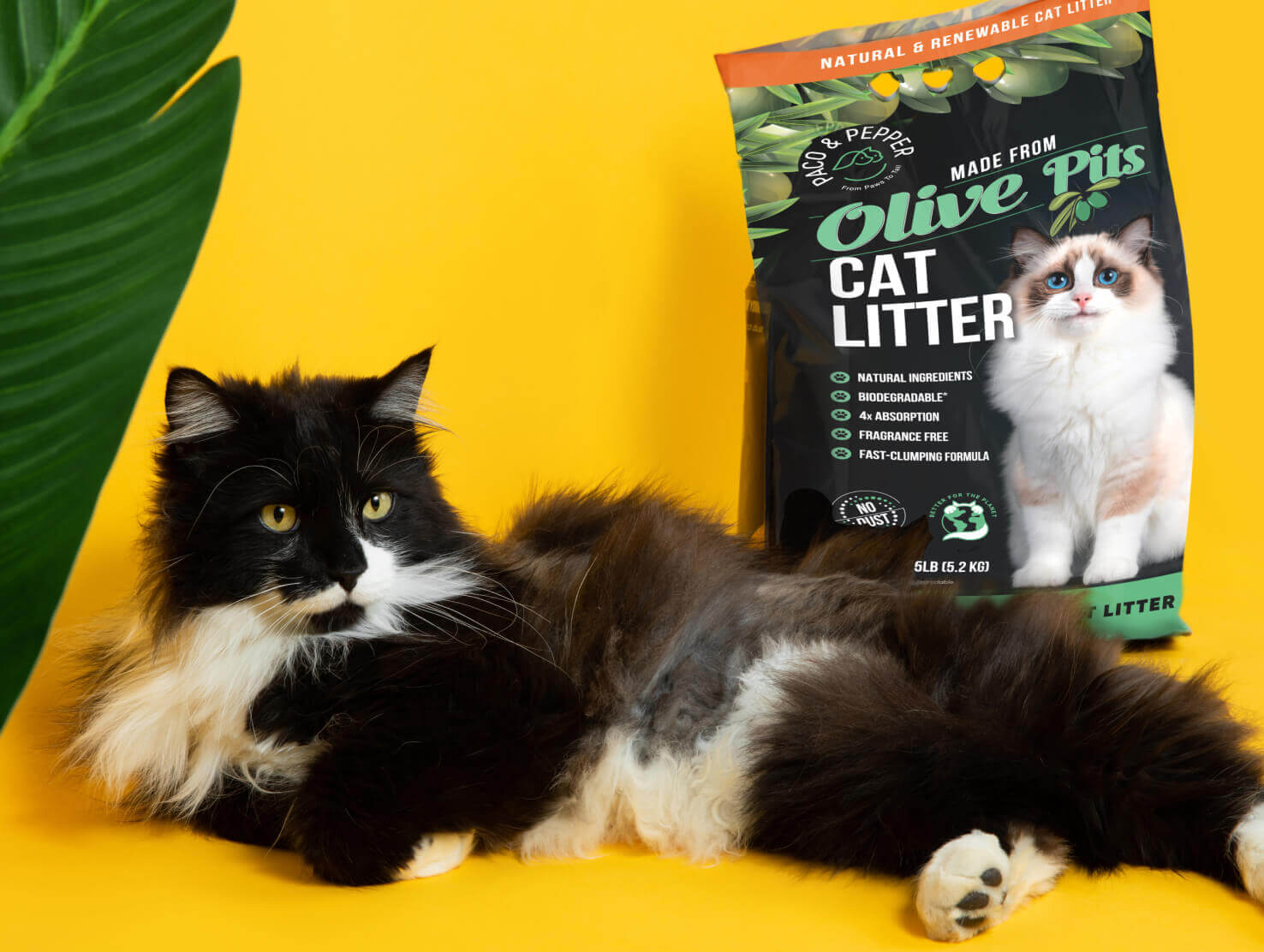How does pretty litter work

Pretty Litter is a famous cat litter known for its unique properties, including its ability to detect potential cat health problems by changing color. This silica gel-based litter contains little dust and does an excellent job of eliminating cat litter odors.
What is silica gel?
Silica gel is a highly absorbent material. It holds moisture and odors well, making it a practical choice for cat litter. Silica gel crystals have a large surface area, which allows them to absorb liquid quickly and efficiently. Additionally, silica gel is much safer for cats than traditional clay litters. Regular clumping clay litter may be more hazardous if swallowed due to the sodium bentonite clay composition, potentially hazardous if swallowed or inhaled. Although silica gel has many benefits, it is also essential to consider its disadvantages. One of the main problems with silica gel-based litters is their high dust content. When cats dig or move around inside the litter box, the silica gel crystals break down into tiny dust particles that become airborne and enter the respiratory tract of cats and their owners. Long-term exposure to dust can cause breathing problems, especially for people with asthma or other respiratory conditions. Additionally, the texture of silica gel litters is tough and some cats, especially kittens with delicate paws, may not like it.
How does Pretty litter work with urine
One of the critical features of Pretty Litter is its ability to indicate health problems in your cat. Pretty Litter changes color in response to changes in the pH level of cat urine. A green or yellow color indicates normal urine pH levels, while abnormal urine pH levels can indicate potential health problems resulting in color changes such as blue, red, or orange. This color-changing feature allows pet owners to monitor the health of their cat's urinary system more closely. That’s how Pretty litter works with cat’s pee.
Do vets recommend Pretty Litter?
Although Pretty Litter has gained popularity among many cat owners due to its health monitoring features, some veterinarians question the effectiveness of the indicators Pretty Litter offers. In addition, veterinarians note that not all health problems are caused solely by changes in pH levels. In addition, some veterinarians do not recommend using Pretty Litter due to the potential risks associated with silica gel, the main component of the Litter. Silica gel, although not as harmful as classic clay litter, ingesting large amounts of silica gel can lead to severe dehydration and constipation. Although the makers of Pretty Litter claim that the silica gel used in their product is safe and non-toxic, some veterinarians still advise choosing organic litter that is made from natural materials.
Pretty Litter pros and cons
Pros of Pretty Litter:
- Health Monitoring: One of Pretty Litter's standout features is its ability to detect cat health problems by changing color in response to urine pH levels, potentially alerting owners to issues such as urinary tract infections or kidney problems.
- Low Dust: Pretty Litter is known for producing minimal dust.
- Odor Control: Many users report that Pretty Litter effectively controls odors, keeping their home smelling fresh and clean.
- Lightweight.
Cons of Pretty Litter:
- Cost: Pretty Litter tends to be more expensive than traditional other litters
- Unlike traditional litter, Pretty Litter does not form hard clumps. Instead, it absorbs moisture and changes color, making the litter box challenging to collect and clean.
- Tracking: Some users report that Pretty Litter tracks more efficiently than traditional Litter, causing litter particles to be carried throughout the house.
- Monitoring Effectiveness: Although Pretty Litter advertises health monitoring capabilities, some veterinarians question the accuracy and reliability of these metrics. Relying solely on changes in urine color or pH levels will not give you a complete picture of your cat's health.
- Ingredients: Pretty Litter contains silica gel crystals which may be hazardous if ingested by cats. Although manufacturers claim that silica gel is non-toxic, gastrointestinal problems are still possible if consumed in large quantities.
- Litter Texture: The Litter has a very hard texture, which may cause discomfort for cats with sensitive paws, especially kittens.
Conclusion
Overall, there are both pros and cons of Pretty litter. Pretty Litter offers unique benefits such as health monitoring and low dust levels but also disadvantages such as tracking and monitoring efficiency. Whether Pretty Litter is the right choice for your cat depends on your preferences, budget, and specific needs. Consulting with your veterinarian will help you decide the best litter option for your furry friend.


